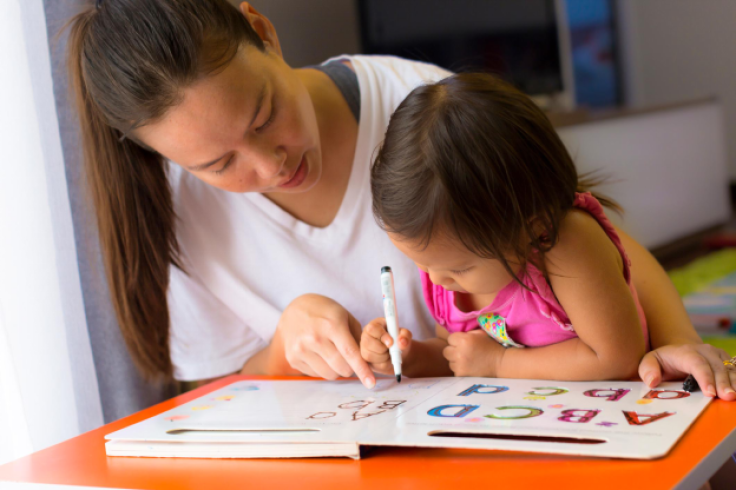
For kids to truly understand what they read, they must learn to do it quickly and automatically, without stumbling over words. This is where the phonics method comes in handy. Phonics can be a very useful, worthwhile and fun method of helping your child learn to read while spending some valuable time together. This article will provide some tips for teaching your young reader phonics at home.
What Is Phonics?
Let's start by understanding exactly what phonics means. Phonics is a method for teaching how to read and write an alphabetic language (in this case, English). It is accomplished by demonstrating the relationship between the sounds of the spoken language (phonemes), and the letters or groups of letters (graphemes) or syllables of the written language. Phonics can be taught in a number of ways:
● Teaching individual sounds and their corresponding letters. For instance, the word dog has three letters and three sounds: d-o-g.
● Teaching the sounds of groups of letters in words such as rimes. For instance dog, frog and bog have the same rime, or consonant blends, such as "bl" in black, or syllables.
● Teaching learners by having them read books, play games and perform activities that contain the sounds they are learning.
Helpful Tips
Below we've provided some tips on how to best approach teaching phonics to your kids.
● One step at a time. It can be helpful to devote 15-minute lessons to just a few phonic sounds at a time. It will be beneficial in the long term for a child to memorize three or four phonic sounds well, rather than struggle with eight or nine.
● Try alphabet flash cards. There are tons of flash cards available designed specifically teaching phonics. They may include colorful and fun pictures which will make the job at hand even easier. Plus, if you'd prefer, you can even make them yourself for a personal touch.
● Throw in a game or two. Keeping phonics fun is very important. If kids start associating the lessons with the sense of boredom, they may lose their motivation, which could have a negative effect on their progress. Phonics games help your child learn without losing an ounce of the drive. Teaching phonics is all about customization, so feel free to find the best types of games or songs that work for you.
Useful Terms
Here we've compiled a list of some of the most useful terms to remember when teaching your kids phonics.
● Phonics: using the sounds made by individual letters and groups of letters to read words.
● Decoding: using your phonic knowledge to sound out and read words.
● Grapheme: a written letter or group of letters, like 's', 'a', 'she' or 'air'. Some graphemes are single letters like 'a'; others are digraphs like 'ai'.
● Digraph: two letters that make one sound together, like 'sh', 'ai', 'oo'.
● Phoneme: the sound a letter or group of letters make - e.g. the word 'mat' has three phonemes, 'm', 'a' and 't'. The word 'through' is longer, but it also has three phonemes, 'th', 'r' and the 'oo' sound in 'ough'.
Keep Calm And Read On
Having been tried and tested for many decades, phonics remains a great method for teaching children to read at home. With a little bit of creativity, it can be a great way to not only to help your child learn, but to spend some quality and fun time together.
For a great selection of kids books for sale that can help you along your phonics journey, be sure to visit Kidsbooks.com.